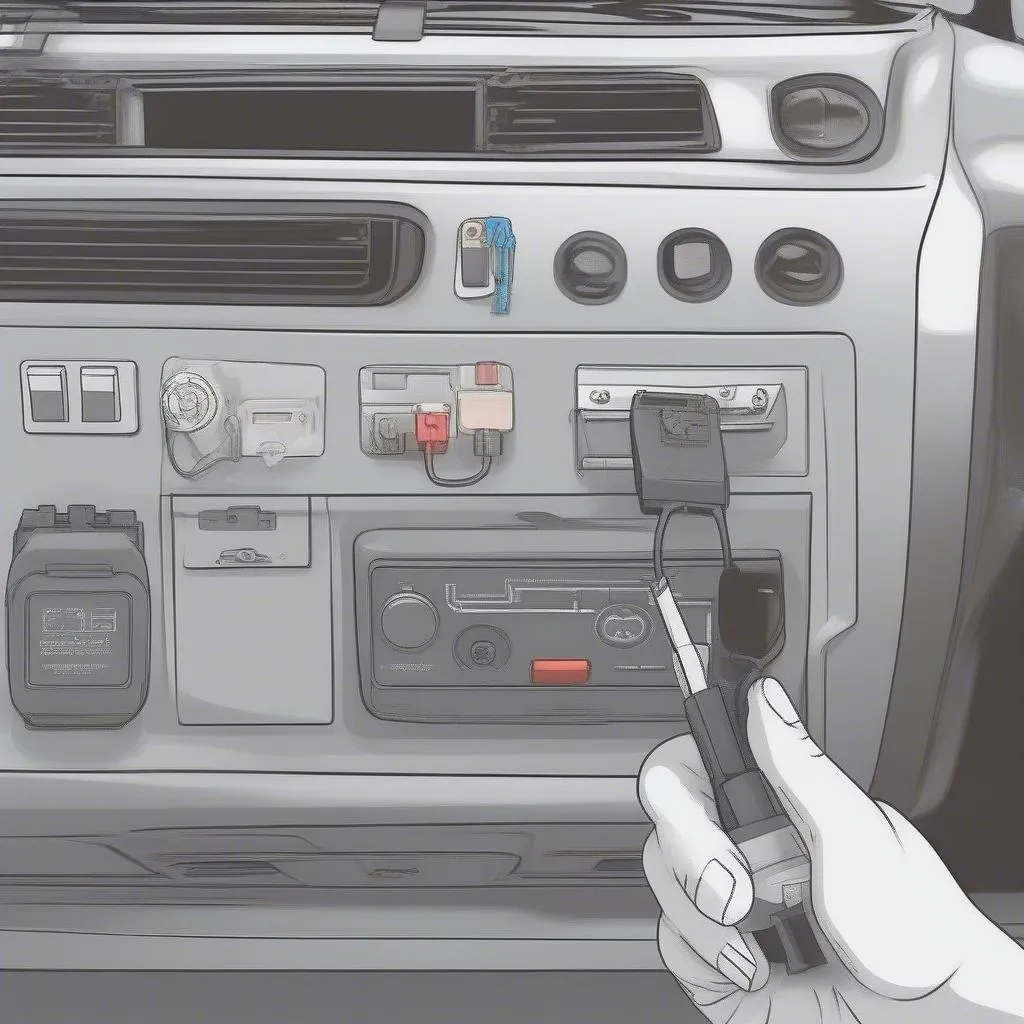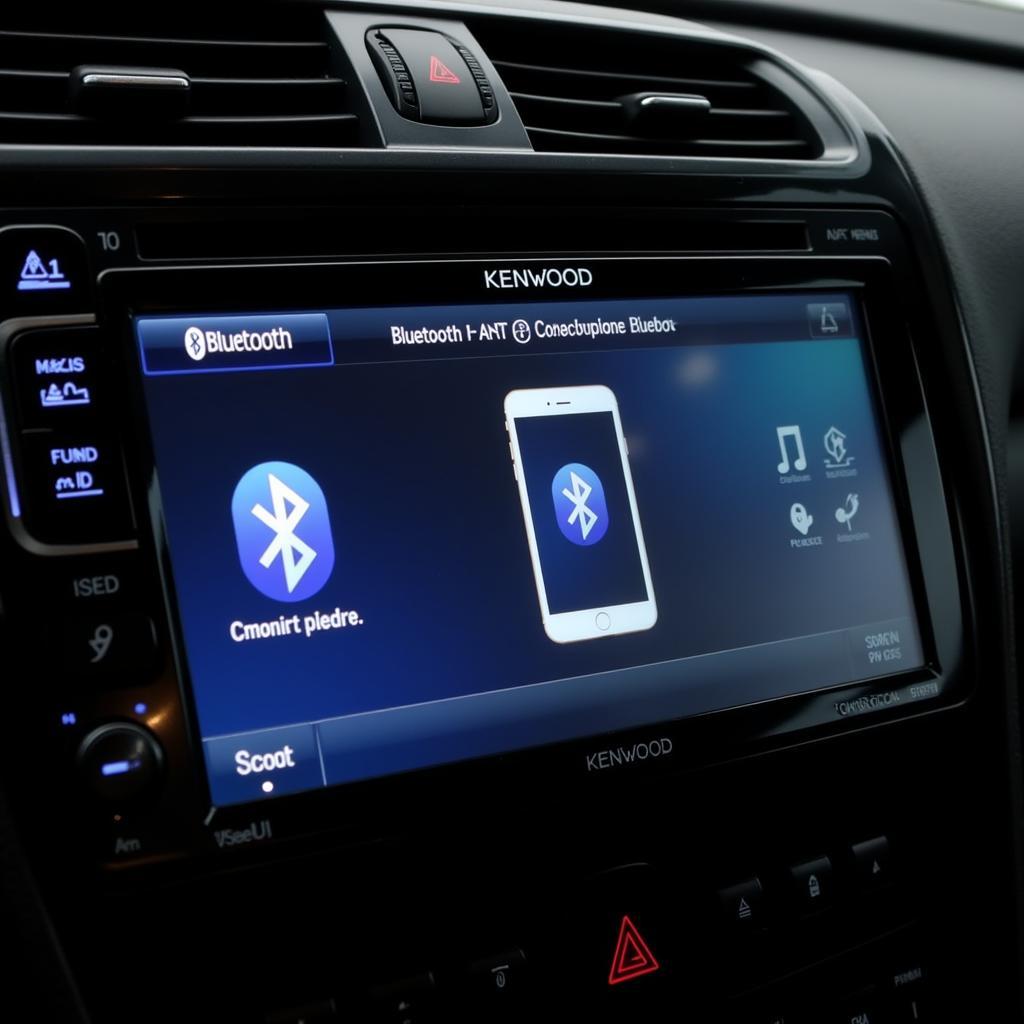Motion activated traffic signs are increasingly prevalent, leveraging technology to improve road safety and traffic flow. Unlike their static counterparts, these signs activate only when they detect the presence of vehicles or pedestrians, capturing attention and conveying crucial information precisely when needed. This targeted approach reduces the likelihood of drivers becoming desensitized to constantly displayed signs, leading to increased driver awareness and reaction times.
Understanding the Mechanics of Motion Activated Traffic Signs
Motion activated traffic signs utilize various sensor technologies to detect approaching vehicles or pedestrians, triggering the activation of warning lights or dynamic messages. These sensors, often radar-based or utilizing infrared technology, effectively gauge the speed and distance of approaching traffic, enabling the sign to respond in real-time.
Applications of Motion Activated Traffic Signs
The versatility of motion activated traffic signs allows for their deployment in a variety of settings, each tailored to address specific road safety concerns:
-
School Zones: These signs alert drivers to the presence of children, particularly during peak school hours, enforcing reduced speed limits and heightened caution.
-
Construction Areas: Dynamic messages on these signs can warn drivers of lane closures, detours, or changes in traffic patterns, ensuring smoother traffic flow and minimizing the risk of accidents.
-
High Pedestrian Traffic Zones: Strategically placed near crosswalks or areas with high pedestrian activity, these signs can alert drivers to the presence of pedestrians, promoting safer driving behaviors.
-
Rural Roads: Motion activated signs can be particularly effective on winding rural roads with limited visibility. They can warn drivers of upcoming sharp curves, steep hills, or other potential hazards.
 Motion Activated Sign on Rural Road
Motion Activated Sign on Rural Road
Advantages of Motion Activated Traffic Signs
The adoption of motion activated traffic signs offers numerous benefits over traditional static signage:
-
Enhanced Visibility: The flashing lights or dynamic messages of these signs are far more likely to catch a driver’s attention, particularly in low-light conditions or adverse weather.
-
Improved Driver Engagement: The intermittent nature of these signs helps combat “sign fatigue,” a phenomenon where drivers become desensitized to constantly displayed warnings, leading to decreased attentiveness.
-
Targeted Communication: By activating only when necessary, these signs provide timely and relevant information to drivers, avoiding unnecessary distractions and promoting a more focused driving experience.
-
Cost-effectiveness: While the initial investment in motion activated signs may be higher, their energy efficiency and reduced maintenance requirements often result in long-term cost savings.
Motion Activated Traffic Signs and the Future of Road Safety
As technology continues to evolve, so too will the capabilities of motion activated traffic signs. Future iterations may incorporate advanced features such as:
-
Vehicle-to-Infrastructure (V2I) Communication: Enabling direct communication between signs and vehicles, facilitating real-time data exchange regarding road conditions, hazards, and traffic flow.
-
Predictive Analytics: Utilizing historical and real-time data to anticipate potential traffic congestion or hazardous situations, proactively alerting drivers and optimizing traffic management strategies.
-
Integration with Autonomous Vehicles: Seamlessly integrating with autonomous driving systems, providing these vehicles with enhanced situational awareness and supporting their navigation and decision-making processes.
Motion activated traffic signs represent a significant step forward in enhancing road safety and optimizing traffic flow. Their ability to capture driver attention, provide timely information, and adapt to evolving traffic conditions makes them a valuable tool in our pursuit of safer and more efficient roadways. As technology advances, we can anticipate even more sophisticated applications of these signs, further solidifying their role in shaping the future of transportation.


